Non-newtonian Blood In Artery CFD Simulation, ANSYS Fluent Training
Non-newtonian Blood In Artery CFD Simulation, ANSYS Fluent Training
- Upon ordering this product, you will be provided with a geometry file, a mesh file, and an in-depth Training Video that offers a step-by-step training on the simulation process.
- For any more inquiries regarding the product, please do not hesitate to reach out to us at info@CFDLAND.com or through our online support assistant.
€125 Original price was: €125.€105Current price is: €105.
Non-Newtonian blood flow through our arteries is a fascinating subject that affects everyone’s health! Unlike water which flows simply, blood behaves in special ways because it’s made of many tiny parts swimming in plasma. First of all, when your heart beats, it creates pulsatile flow that pushes blood through your vessels in waves, not in a steady stream. Additionally, blood viscosity (how thick and sticky it is) changes depending on how fast it moves through different parts of your cardiovascular system. Moreover, this changing thickness is what makes blood a non-Newtonian fluid – it doesn’t follow simple flow rules like water does. Most importantly, understanding non-Newtonian blood flow helps doctors predict and treat dangerous conditions like atherosclerosis (clogged arteries) and aneurysms (bulging vessel walls). Advanced CFD simulation of blood hemodynamics is crucial for designing better medical devices like stents and artificial heart valves, potentially saving millions of lives by working with—not against—the unique properties of non-Newtonian blood in the human body.
Simulation Process
*** Mesh Independence study: A mesh independence study is conducted for the current project to find the most accurate grid with the least computational cost. The table represents the results:
| Cell Number | t=0.2s | Error | t=0.4s | Error | t=0.6s | Error | t=0.8s | Error | t=1s | Error |
| 126657 | 1.74E+00 | – | 8.62E-01 | – | 6.12E+00 | – | 9.12E-01 | – | 8.53E-01 | – |
| 280566 | 1.79E+00 | 2.69E+00 | 8.88E-01 | 3.06E+00 | 6.21E+00 | 1.39E+00 | 9.33E-01 | 2.33E+00 | 8.78E-01 | 3.01E+00 |
| 570571 | 1.84E+00 | 2.83E+00 | 9.14E-01 | 2.87E+00 | 6.26E+00 | 8.99E-01 | 9.53E-01 | 2.13E+00 | 9.05E-01 | 3.06E+00 |
| 938352 | 1.88E+00 | 2.42E+00 | 9.39E-01 | 2.75E+00 | 6.29E+00 | 3.69E-01 | 9.74E-01 | 2.19E+00 | 9.31E-01 | 2.80E+00 |
After thorough analysis, the grid with 570571 cells is selected.
The artery geometry model is created based on authentic MRI images. It should be considered that blood behaves similarly to a non-Newtonian fluid, so it requires preliminary steps to relate viscosity and shear stress via using the Correau model. A user-defined function (UDF) is particularly written in C language to apply pulse effects for blood inlet boundary. Interestingly, massless particles are carried by blood flow (Discrete Phase Model (DPM)). It is done to track blood components path along the artery.

Figure 1: Pulsatile blood flow in Artery
Post-processing
The particle tracking contour show us how blood cells move through your arteries! In the first image, we can see colorful dots scattered throughout a branching artery, with each dot representing tiny blood components. Our simulation successfully tracked over 850 individual particles as they traveled through this complex path. The particles stay inside the artery for nearly one second (between 0.910 and 1.00 seconds), which is just the right amount of time for oxygen delivery. Also, notice how most particles cluster along certain preferred paths instead of spreading out evenly! Furthermore, the branching area (bifurcation) causes some particles to slow down and linger longer. This matches exactly what happens in real human arteries! The non-Newtonian behavior of blood means it flows differently than water would, especially in these tricky curved and branching sections.
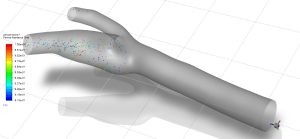
Figure 2: Particle residence time visualization showing blood component distribution
The second contour reveals the amazing flow paths that blood cells follow through your arteries! Instead of moving in straight lines, blood creates beautiful curved streams that twist and bend with the artery shape. We successfully mapped complete pathlines for all 851 particles, showing how your blood navigates through both the main artery and its branches. Additionally, some paths stay near the center of the vessels while others swing closer to the walls, creating a complex pattern. Most importantly, our pulsatile flow model shows that when your heart pushes blood in pulses (not steady streams), it creates special flow patterns that help blood cells reach every part of your body. The blood viscosity changes as it moves through narrow spots, which is exactly why we needed to use the special Carreau model for this simulation! Understanding these pathways helps doctors know exactly how medicines travel through your bloodstream and how dangerous clots might form in certain spots.
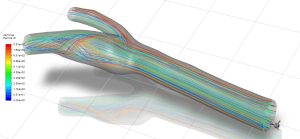
Figure 3: Blood flow pathlines colored by particle ID
We pride ourselves on presenting unique products at CFDLAND. We stand out for our scientific rigor and validity. Our products are not based on guesswork or theoretical assumptions like many others. Instead, most of our products are validated using experimental or numerical data from valued scientific journals. Even if direct validation isn’t possible, we build our models and assumptions on the latest research, typically using reference articles to approximate reality.
Yes, we’ll be here . If you have trouble loading files, having technical problems, or have any questions about how to use our products, our technical support team is here to help.
You can load geometry and mesh files, as well as case and data files, using any version of ANSYS Fluent.
€230 Original price was: €230.€185Current price is: €185.

€155 Original price was: €155.€120Current price is: €120.

€235 Original price was: €235.€175Current price is: €175.

€190 Original price was: €190.€145Current price is: €145.

€205 Original price was: €205.€155Current price is: €155.

€200 Original price was: €200.€125Current price is: €125.

















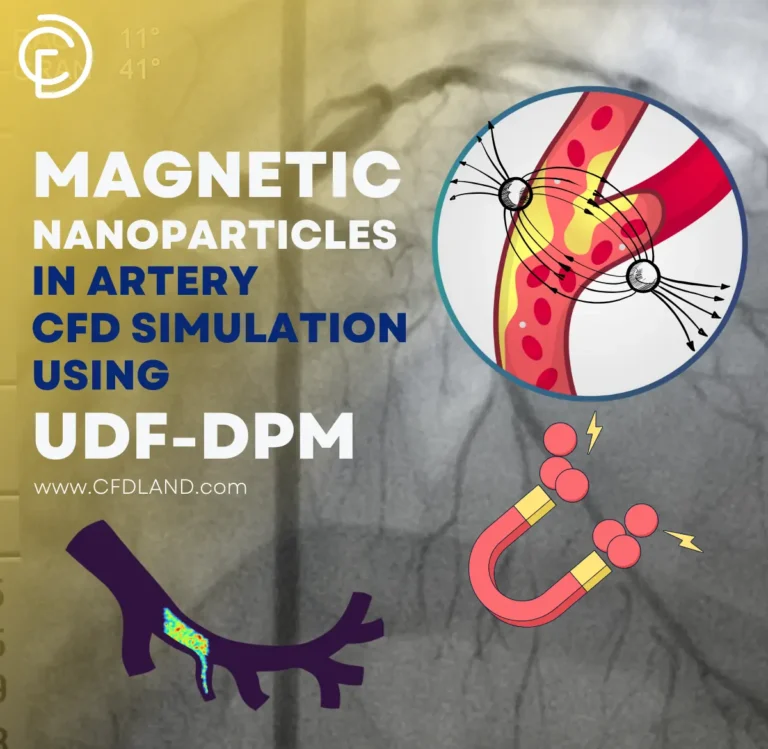

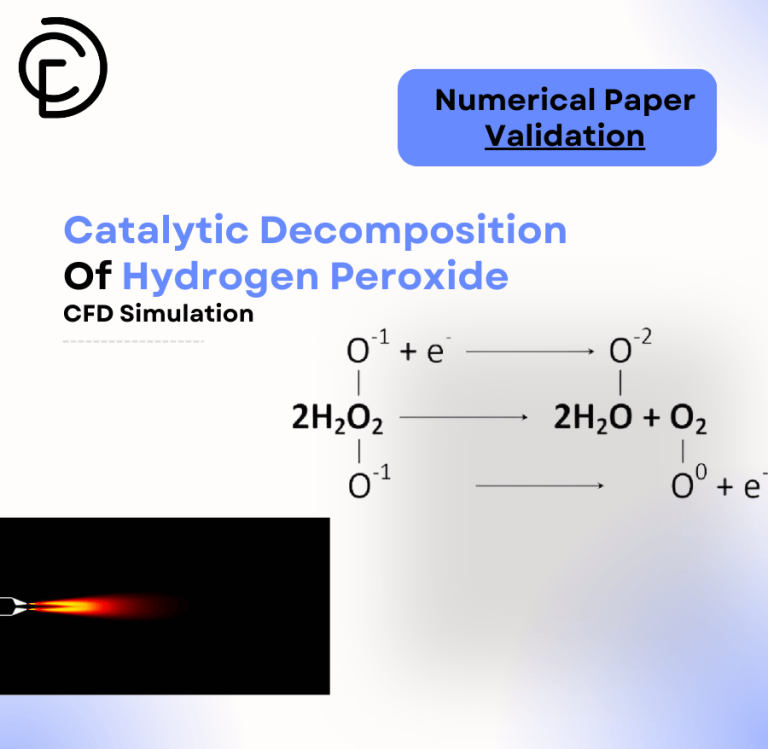
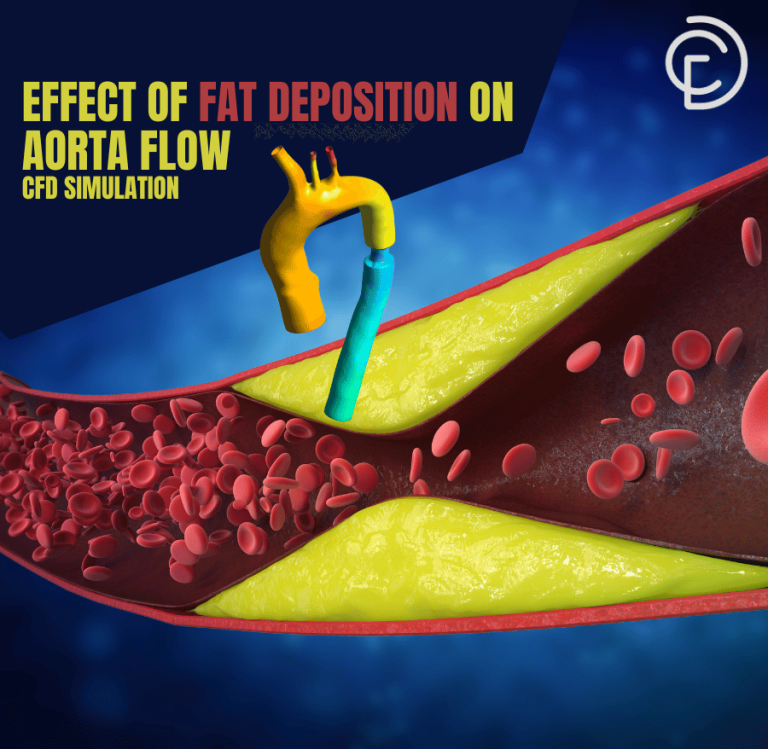
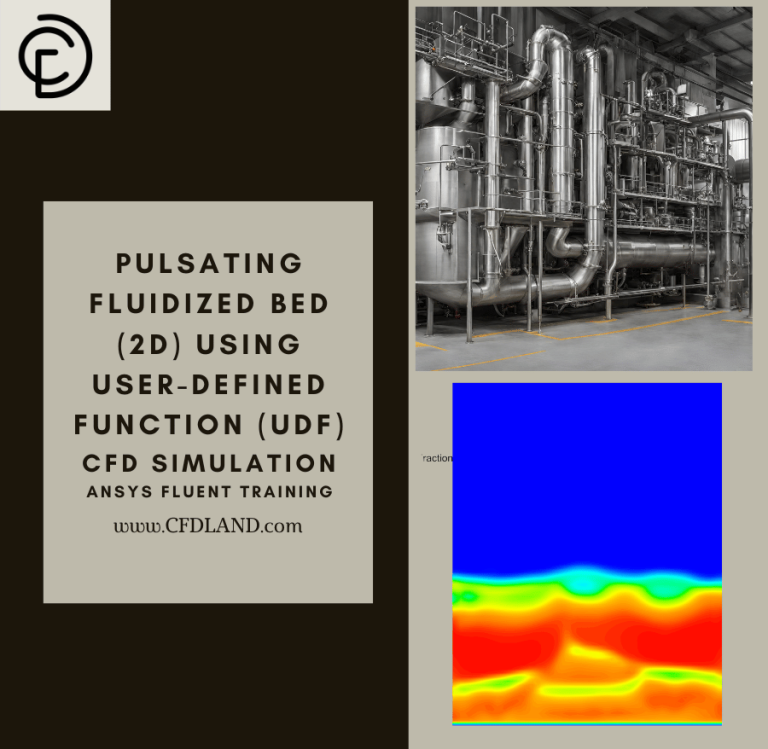
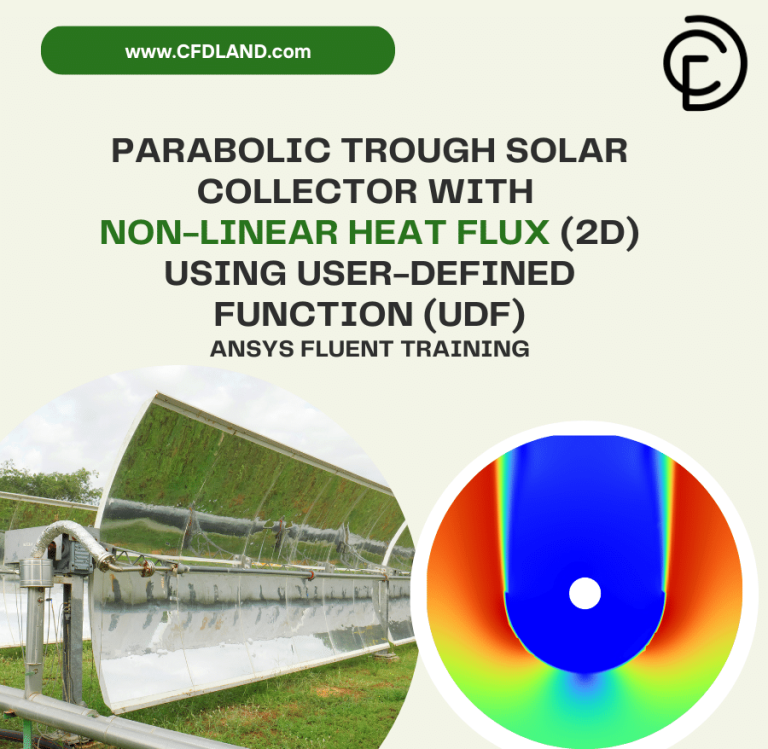
Reviews
There are no reviews yet.